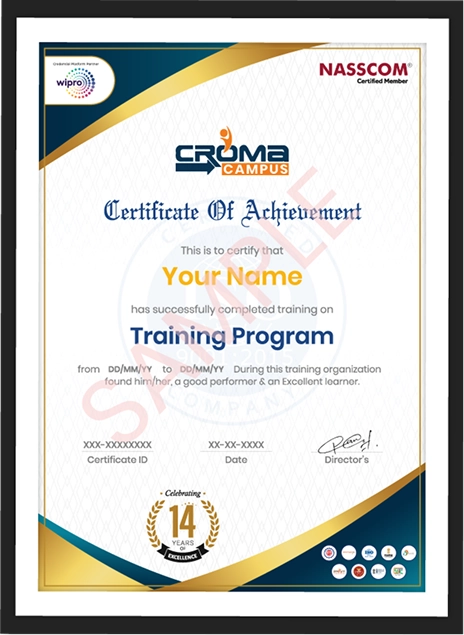Course Design By
Nasscom & Wipro
Course Design By

Nasscom & Wipro
Course Offered By

Croma Campus

Stories
success
inspiration


career upgrad


career upgrad


career upgrad


career upgrad
12-Jul-2025*
14-Jul-2025*
16-Jul-2025*
12-Jul-2025*
14-Jul-2025*
16-Jul-2025*

You will get certificate after
completion of program

You will get certificate after
completion of program

You will get certificate after
completion of program
in Collaboration with






Empowering Learning Through Real Experiences and Innovation

we train you to get hired.

Phone (For Voice Call):
+91-971 152 6942WhatsApp (For Call & Chat):
+91-971 152 6942Get a peek through the entire curriculum designed that ensures Placement Guidance
Course Design By


Course Offered By

Ready to streamline Your Process? Submit Your batch request today!
A Lead Generation Course shows you how to find and attract new customers for a business.
It’s great for marketers, salespeople, business owners, and anyone who wants to get more customers.
You will learn how to figure out who to target, make effective marketing campaigns, and use tools to collect and manage leads.
No, you don’t need any prior experience; the course will teach you everything from scratch.
It can help you get better jobs in marketing or sales and increase your chances of earning more money.

FOR QUERIES, FEEDBACK OR ASSISTANCE
Best of support with us
For Voice Call
+91-971 152 6942For Whatsapp Call & Chat
+91-9711526942